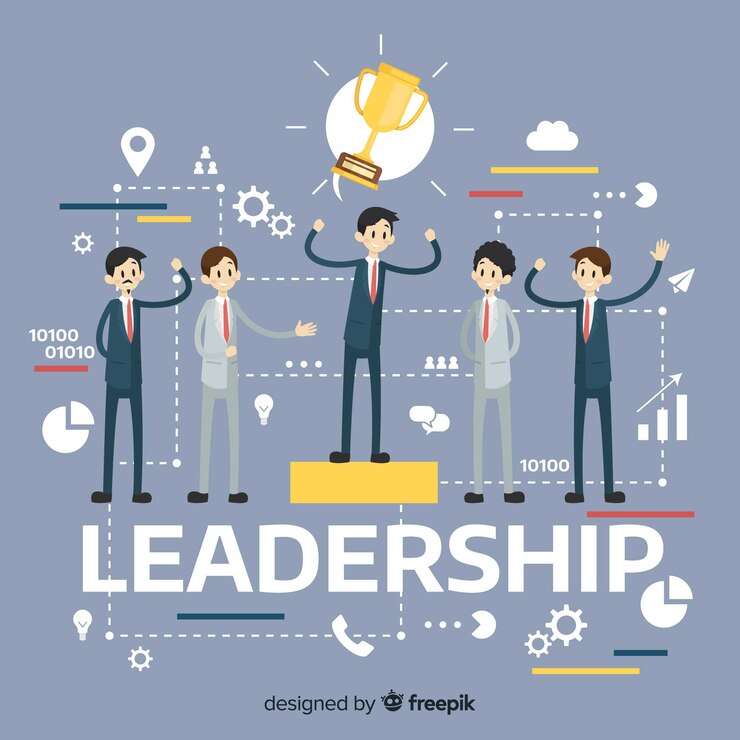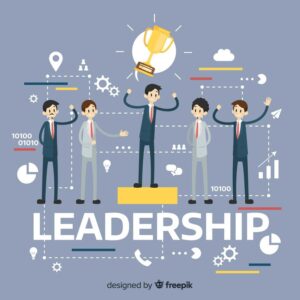The Future of Work: HR’s Role in Embracing Remote and Hybrid Models
Introduction
In recent years, the concept of work has undergone a profound transformation. With advancements in technology and changes in societal norms, traditional office-based work setups are giving way to remote and hybrid models. This shift has been further accelerated by global events, such as the COVID-19 pandemic. In this article, we delve into the evolving landscape of work and explore the pivotal role that HR departments play in navigating this transition. From implementing flexible policies to fostering a cohesive remote culture, HR professionals are at the forefront of reshaping the future of work.
Adapting to Remote Work Culture
In the wake of the pandemic, remote work has become increasingly prevalent across industries. HR departments have been tasked with ensuring a smooth transition to remote work environments while maintaining productivity and employee engagement. Strategies such as virtual onboarding, digital collaboration tools, and flexible scheduling have become essential in fostering a positive remote work culture. By embracing remote work, organizations can tap into a global talent pool, promote work-life balance, and reduce overhead costs associated with traditional office spaces.
Navigating the Challenges of Hybrid Models
As organizations explore hybrid work models that blend remote and in-office arrangements, HR departments face unique challenges. Balancing the needs of onsite and remote employees, maintaining communication channels, and addressing disparities in access to resources are among the key considerations. HR professionals must develop comprehensive policies that promote equity, inclusivity, and effective collaboration across hybrid teams. By leveraging technology and fostering a culture of adaptability, organizations can successfully navigate the complexities of hybrid work environments.
Cultivating Remote Leadership Skills
With remote work becoming the new norm, leadership styles are also evolving to accommodate distributed teams. HR departments play a crucial role in developing remote leadership skills among managers and executives. Effective communication, empathy, and trust-building are paramount in leading remote teams to success. HR initiatives such as leadership training programs, mentorship opportunities, and regular feedback sessions can empower leaders to navigate the unique challenges of remote work environments and foster a sense of belonging among team members.
Embracing Technology for HR Innovation
Technology continues to reshape the HR landscape, offering innovative solutions to streamline processes and enhance employee experiences. From AI-powered recruitment tools to data analytics for workforce planning, HR departments are harnessing the power of technology to drive efficiency and insights. By embracing digital transformation, organizations can optimize HR workflows, improve decision-making, and deliver personalized experiences to employees. However, it’s crucial for HR professionals to strike a balance between automation and human touch, ensuring that technology enhances rather than replaces human connections.
Fostering a Culture of Well-being
In an era of remote and hybrid work, prioritizing employee well-being is paramount for organizational success. HR departments play a central role in promoting mental health, work-life balance, and resilience among employees. Initiatives such as wellness programs, mental health resources, and flexible work arrangements can support employees in navigating the challenges of remote work while maintaining their physical and emotional well-being. By prioritizing employee wellness, organizations can cultivate a positive work culture and drive long-term performance and engagement.
The Future of Work: HR’s Role in Embracing Remote and Hybrid Models
As we look ahead, it’s clear that the future of work will continue to be shaped by remote and hybrid models. HR departments will remain instrumental in driving this transformation, adapting policies, and practices to meet the evolving needs of the workforce. By embracing flexibility, technology, and a culture of well-being, organizations can thrive in the new era of work, unlocking opportunities for growth, innovation, and employee success.

FAQs
How has the COVID-19 pandemic impacted the adoption of remote work?
The COVID-19 pandemic has accelerated the adoption of remote work, prompting organizations to reimagine their traditional work models and prioritize flexibility and adaptability.
What are some key challenges associated with hybrid work models?
Balancing the needs of onsite and remote employees, maintaining effective communication, and addressing disparities in resources are among the key challenges faced by organizations implementing hybrid work models.
How can HR departments foster a positive remote work culture?
HR departments can foster a positive remote work culture by implementing strategies such as virtual onboarding, digital collaboration tools, and promoting work-life balance initiatives.
What role do leaders play in supporting remote teams?
Leaders play a crucial role in supporting remote teams by demonstrating effective communication, empathy, and trust-building skills, and providing mentorship and guidance to team members.
How can technology enhance HR processes in remote and hybrid work environments?
Technology can enhance HR processes by automating repetitive tasks, facilitating remote recruitment and onboarding, and providing data analytics for workforce planning and decision-making.
Why is employee well-being important in remote and hybrid work settings?
Employee well-being is essential in remote and hybrid work settings to prevent burnout, foster engagement, and promote long-term productivity and satisfaction among employees.
Conclusion
As the landscape of work continues to evolve, HR departments play a pivotal role in driving the adoption of remote and hybrid models. By embracing flexibility, technology, and a culture of well-being, organizations can navigate the challenges of the future of work and unlock new opportunities for growth and success.



















